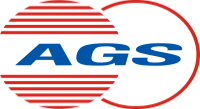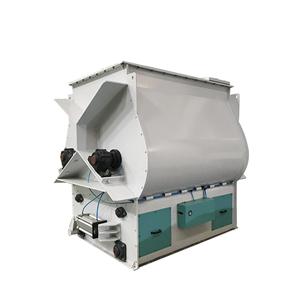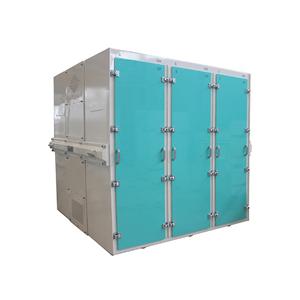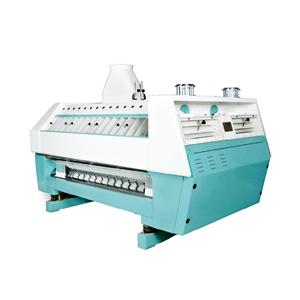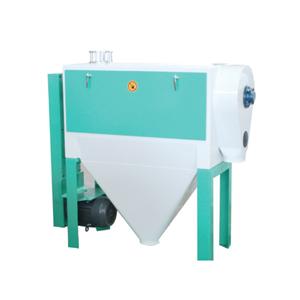The main factors affecting the normal work of the stone remover
When the stone remover is working normally, the speed of the ascending airflow required to penetrate the material layer is equivalent to the suspension speed of wheat. If the air velocity is too high, the materials on the screen surface tend to be blown through, the air distribution is uneven, the automatic classification of the materials is destroyed, and the separation efficiency is reduced. If the air velocity is too small, the wheat will not have the ability to suspend, and it will easily climb up with the stones, causing the stones to contain wheat. At the same time, the automatic classification of materials is poor, and the wheat seeds are also easy to contain stones, which also reduces the separation efficiency.
1. Inclination angle: The angle between the stone removal screen surface and the horizontal plane becomes the inclination angle. The size of the inclination angle has an impact on the output of the stone remover and the efficiency of the stone remover, and the impact on the two is contradictory. When the angle of inclination is large, it has a strong effect on the sliding of wheat stream. However, the trend efficiency will be reduced. When the inclination angle is small, the wheat flow rate is low and the yield is small. At the same time, it is easy to bring wheat in the stone, which increases the grain content of the lower leg. The inclination angle of the stone remover is generally 5-9.
2. Throwing angle: The throwing angle refers to the angle between the vibration direction of the screen body and the screen surface. The vibration of the sieve body of the stone removing machine is in the form of reciprocating linear vibration. The vibration direction is inclined and perpendicular to the axis of the vibration motor. The vibration direction is different from the vibrating screen and cannot be changed at will. This is the basic condition for the side-by-side stones close to the screen surface to run along the screen surface. Therefore, choosing a proper throwing angle is conducive to the automatic classification of materials and the upward movement of stones. However, when the throwing angle is too large, the material will easily jump off the screen surface, which is not conducive to the upward movement of the stone. The throwing angle of the stone remover is generally 30-35.
3. Amplitude and vibration frequency: Amplitude refers to the amplitude of the screen body vibration, and the vibration frequency is a working parameter that indicates the speed of the screen body vibration. When the amplitude is larger and the frequency is higher, the material moves faster on the screen surface, and the automatic classification effect is stronger. Conducive to the improvement of separation efficiency and equipment output. However, the amplitude is too large, the frequency is too high, the working face vibrates violently, and the material is prone to beating, which destroys the automatic classification of the material. Therefore, the separation efficiency is reduced. On the contrary, the material moves slowly on the screen surface, and the material layer is thickened, which is not conducive to the automatic classification of materials. Not only affects the separation efficiency, but also affects the output of the stone remover. The amplitude of the stone remover is generally about 3.5-5mm. The frequency of the stone remover driven by the vibration motor is generally not adjusted, and the frequency of the eccentric rotating stone remover is positively related to its speed.

